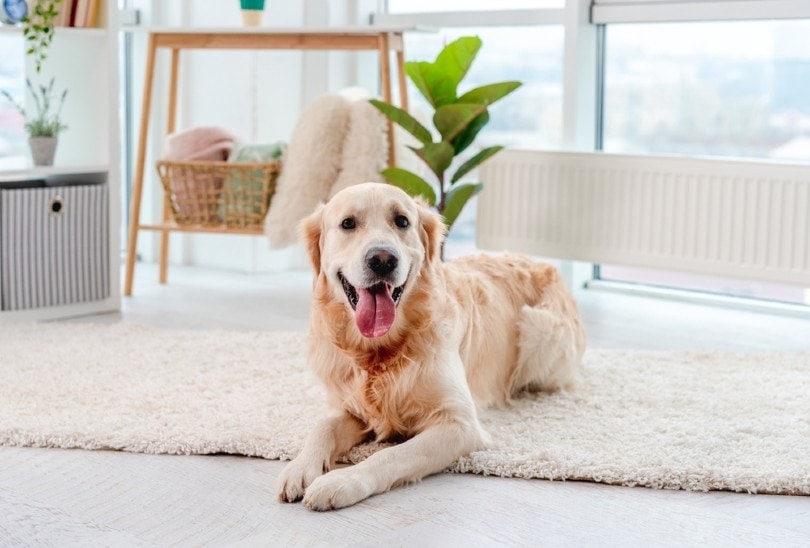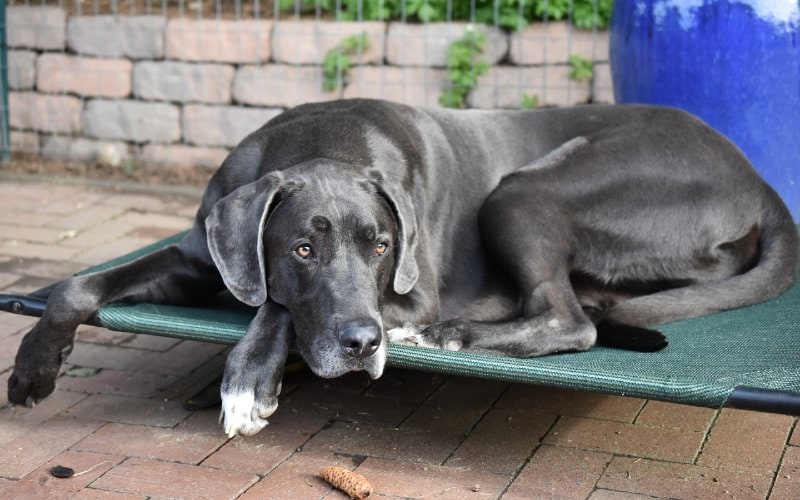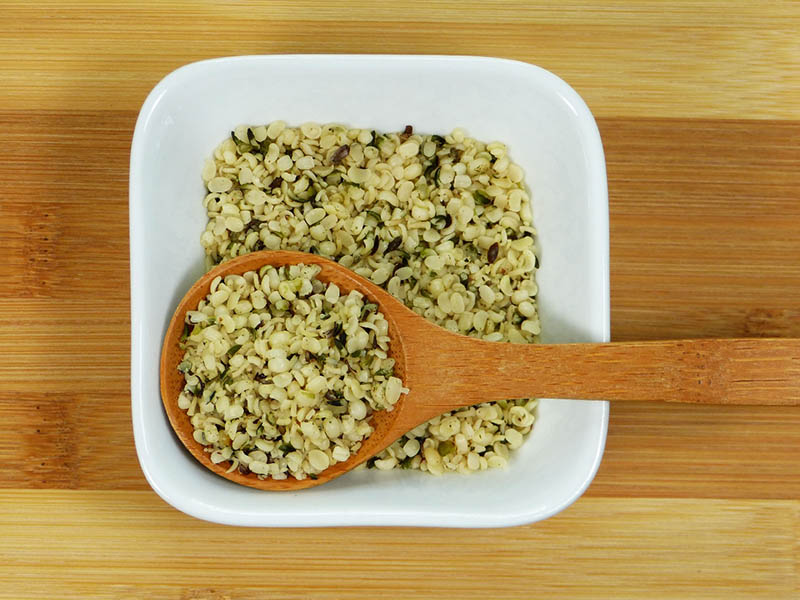My Dog Ate Cardboard: Here’s What to Do

By Misty Layne
Updated on
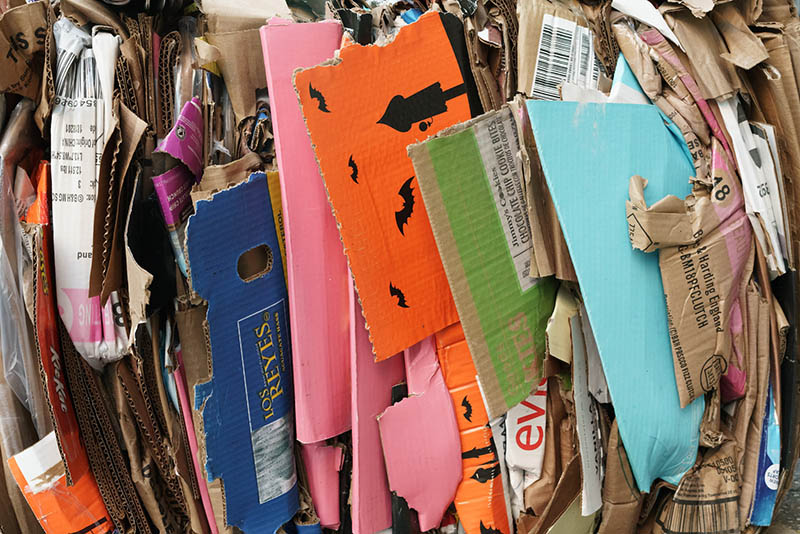
Dogs are curious, especially when they’re puppies, and love to explore the world around them. Unfortunately, this exploration is often done with the mouth, which means your pet can easily eat something they shouldn’t. Cardboard can be a big favorite of pups because of its texture and consistency, especially if the cardboard was used to contain food! But should you be worried if your dog just ate cardboard?
Good news! As long as your dog has only eaten a small amount of cardboard, they should be perfectly fine. Cardboard isn’t toxic to canines 1; however, it cannot be digested by them. So long as a small amount was eaten, though, your pup should still be able to pass the cardboard safely. But if your dog just ate a lot of cardboard, you’ll want to get them to the vet.
Is Cardboard Safe for Canines?
While cardboard certainly shouldn’t be a staple of your pet’s diet, it is not something that is going to poison them or cause any damaging effects, unless they eat too much of it. Cardboard isn’t toxic, so if you catch your pet chewing on the corner of a box of crayons, it should be no cause for alarm; even the crayons are non-toxic! Cardboard is indigestible for dogs, but if your pet has only had a little bit, it should still be able to safely pass the cardboard through the digestive system. But it’s still wise to keep an eye on them for the next couple of days and watch for anything out of the norm, like vomiting or trouble defecating.
Large amounts of cardboard being eaten are where your dog can get into trouble. Because cardboard can’t be digested by canines, a large amount may not be able to pass safely through the system and instead cause an obstruction in your pet’s digestive system. This is an emergency situation, so you should get your pet to the veterinarian as soon as you can. And if your dog is suffering from an obstruction, you’ll see signs of it, such as vomiting, inappetence, no feces or small amounts of diarrhea, whining, bloating, and abdominal pain.
Another situation where cardboard could be dangerous for your dog is if they eat cardboard that contains, or did contain, something that is toxic for them. For example, if your pet eats the leftover cardboard from a box of chocolates, if there were no chocolates left, they should be fine, but if there were any chocolates still in the box, they could suffer from chocolate toxicity.
Let’s face it; your pup is more likely to chew up something that tastes delicious, and what’s better than a box that used to have food in it? If you know your pet ate cardboard that held something potentially harmful, do not hesitate to contact your vet or poisons hotline for advice.

What to Do if Your Dog Ate Cardboard
If your pet has eaten cardboard, here are a few steps you’ll want to take.
- First, stop your dog from eating any more cardboard! Take the cardboard away from your pup and set it to the side, then remove your dog from the area so you can clean up the mess.
- When cleaning up bits of cardboard, look at what you’re cleaning up to determine if it held anything that could be toxic to your dog. Also, try to assess just how much cardboard your pet ate during this step. This might be difficult, but if you know the cardboard’s general original size, you should get a fairly good idea.
- Next, if only a small amount was eaten, keep an eye on your canine pal. You’ll want to watch for any signs out of the ordinary, like vomiting, diarrhea, drooling, or restlessness. If you see problems, the next step is to contact your pet’s veterinarian. Likewise, if your dog ate a large amount of cardboard, contact the vet.
- Speak with your vet, and let them know how much cardboard you think was eaten, whether it contained anything toxic, and relate any symptoms your dog might be experiencing. Your vet can let you know whether you need to bring your pup in or continue observing them for a while.
What Happens if I Have to Take My Dog to the Vet?
If you’re taking your pup to the vet after they’ve eaten cardboard, then it’s most likely that they are experiencing a blockage. How will your vet handle getting rid of the blockage?
For starters, your vet will do a physical examination of your dog to check for signs like abdominal pain or discomfort. If they are not too worried after examining your dog, they may recommend giving them an oral treatment to help the cardboard pass more easily.
If your dog is showing signs of a possible obstruction, your vet will likely recommend imaging, like ultrasounds or X-rays, to see what’s going on. If imaging isn’t helpful, an endoscopy may be performed next. This will allow a camera into the area where the blockage is, and your vet might even be able to remove the blockage this way, as well. And, in a worst-case scenario, where the cardboard cannot be removed via endoscopy or is not passing through the system, surgery may be needed.
In the meantime, your vet will ensure your dog is given plenty of fluids and likely medication for pain and nausea.
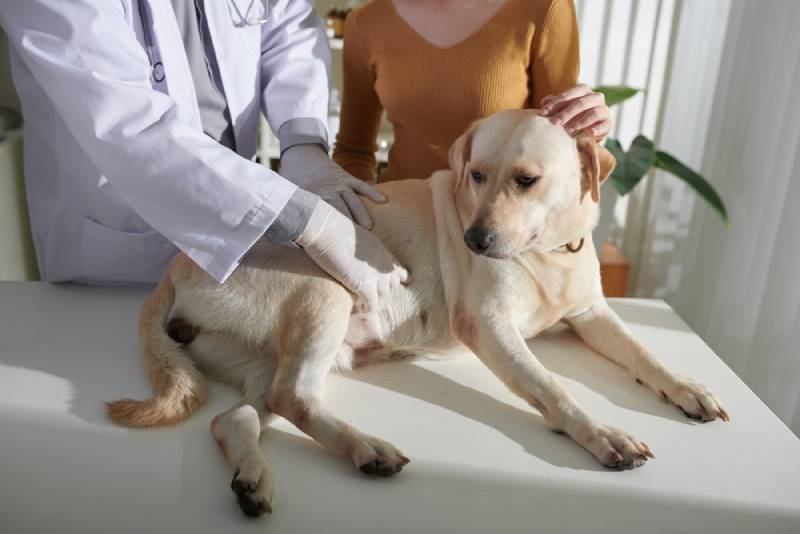
What If My Dog Eats Cardboard Regularly?
Some dogs just really like the texture of cardboard and enjoy chewing it. Obviously, it is not something that should be encouraged, and the best way to avoid it is to keep cardboard out of their reach. You don’t want them to develop a habit for cardboard consumption, as this could also lead to an accumulation in the stomach or intestinal tract called a bezoar, which can also cause an obstruction. They could also start chewing cardboard containers or food or toxic substances.
Rarely, dogs can suffer from a condition called pica, which can have a number of underlying causes. If your dog seems to be actively searching for cardboard, or other non-food items to eat, not just chew, talk to your vet. They may want to run some blood tests to ensure your dog doesn’t have any deficiencies that might be triggering the behavior.
Final Thoughts
If your dog has eaten a little bit of cardboard, don’t panic. Cardboard is not toxic to our canine companions. However, it cannot be digested by them either, so if your dog has eaten a large amount of cardboard, call their vet straight away. A large amount of cardboard can cause an obstruction in the digestive system, and your pet’s vet might want you to bring them in to be checked out. Likewise, if the cardboard they ate contained something toxic to dogs, like chocolate, speak to your vet.
Generally, though, a tiny bit of cardboard eaten isn’t cause for concern, but we don’t want it to become a habit.
Featured Image Credit: Michael Jin, Unsplash



